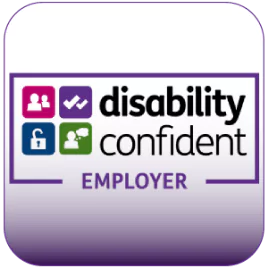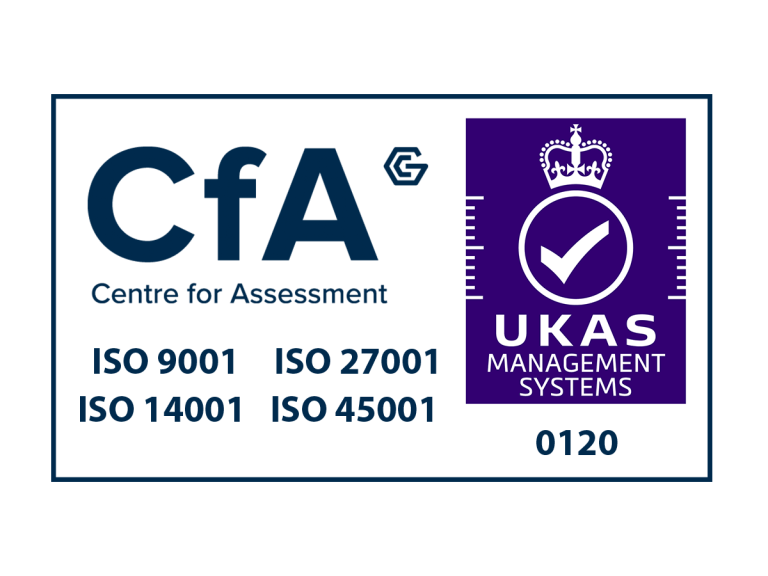In the first week of November, around 221,000 new job adverts were posted in the UK – the fourth highest weekly figure since the start of 2020. It brought the total number of active job postings to 2.68 million, a new record high, according to the Recruitment & Employment Confederation (REC)’s latest Jobs Recovery Tracker.
Such figures highlight the ongoing skills shortages across multiple industries, and reinforces the need for employers to take action if they want to secure the right talent. Results from the CIPD’s Resourcing and Talent Planning Survey 2021, produced in partnership with Omni, confirm this, with more organisations attempting to attract experienced workers through career-returner programmes (27%) compared to last year (19%), with mid-career-change programmes also up (21%, from 16%).
People aged 50 or over make up a third of the UK’s workforce, and changes in pension provision, that saw the removal of the default retirement age, coupled with an increase in life expectancy, means people are remaining in the workplace longer than ever before.
Despite the importance of older workers to the economy, many cannot find fulfilling work or progress in a role due to age discrimination, which is the least scrutinised form of discrimination in the UK. According to a report from the World Health Organisation (WHO), an estimated 6.3 million cases of depression globally are estimated to be ageism related.
Recent data released by the ONS, which measured the impact of the pandemic on workers aged 50 and over, revealed that older employees were more likely to report working fewer hours than usual compared to their younger counterparts. Furthermore, over a quarter of those furloughed were people aged 50 or over.
Media discourse around older people being at higher risk to Covid-19 is thought to be a key contributor to heightened workplace ageism over the last 18 months, with some employers pursuing redundancy for older workers. Employers were also found to have brought back younger employees from furlough sooner than their older counterparts, who may have been on higher rates of pay.
While the pandemic shone a brighter spotlight on ageism, it’s been an ever-present issue in the workplace for many years. Since 2006 its been unlawful to discriminate based on age, and this was wrapped into the Equality Act, where protection covers all aspects of employment, including recruitment, employment terms and conditions, promotions and transfers, training and dismissals. Yet, still today, older employees all too often find themselves missing out on progression and training opportunities, overlooked for pay rises, and even subjected to derogatory age-related comments.
With D&I strategies taking centre stage for many businesses in 2021, we look at what employers can do to tackle ageism in the workplace to create a fair and level playing field for all.
1. Develop and implement an ageism policy
As with any policy, you must first define what workplace ageism looks like, routes of measuring fair treatment, education to mitigate and how you will manage related procedures. While this blog post focuses on age discrimination towards older people, it’s crucial to remember that it works both ways, so a policy needs to incorporate ageism towards younger workers too.
2. Review your hiring processes
Employers need to be conscious of using biased language related to age in job descriptions and adverts. Age limits shouldn’t be applied to roles and employers should avoid using words in job descriptions that suggest they are looking for applicants from a particular age group. For example, terms like ‘enthusiastic young people’, ‘recent graduates’ and ‘10 years experience’ could act as a barrier. Instead, try and stick to terms that directly align with the skills and attributes of the role.
It’s also worth reconsidering the information collected from candidates and whether it’s necessary at the application stage. Do you need to know the year the candidate graduated from university or college?
3. Boost your employer brand
Look at the imagery on your careers and company websites and social media feeds. Don’t limit the review to just the careers pages, for example, review the About Us page of your website to make sure employees of all ages are displayed. It’s also worth reviewing your employee benefits to ensure they are not skewed towards certain groups. For example, regular nights out and away days may not appeal to everyone, so try to include a wide range of benefits and perks.
4. Shift the culture
Encouraging collaboration between employees of different ages can go a long way to boost integration and creativity and deliver value through shared knowledge. Whether it’s mixing seating plans, establishing small project teams, or creating a mentoring programme, sharing different thinking, ideas and insights will help promote innovative thinking and increase productivity across your team and organisation.
Encourage open and honest feedback so employees can voice any concerns they might have about workplace ageism. This can be implemented in various ways, including promoting an open door policy with leaders, hosting group discussions, conducting regular employee feedback surveys or setting up a system that collects anonymous comments and suggestions.
5. Return to work or mid-career development programmes
As part of your wider workforce planning strategy, consider opportunities to develop programmes that attract and develop those returning to the workplace after a period of time out due to caring or even retiring, and for those looking to move careers.
According to research from PwC, around 427,000 female professionals, including directors, engineers, scientists, researchers, doctors, lawyers and accountants, who are currently on a career break want to return to the workforce in the future. Despite this, 3 in 5 professional women return to a lower-skilled or lower-paid job following a career break. The report states that addressing this career break penalty could deliver gains of £1.7 billion to the UK economy.
Like graduate programmes, investing in skill development for career returners or mid-career professionals will help you maintain a robust talent pipeline while simultaneously increasing employee engagement and retention.
What areas need improvement in your business?
D&I can no longer remain a bullet point on a board agenda with no action taken to drive the needed change. However, for many employers, it can be challenging to know where to begin.
Omni’s Recruitment Effectiveness Assessment (REA) provides HR and recruitment leaders with both a strategic and practical analysis to inform, audit and assess current inclusion resourcing activities. This will then inform the development of next step action plans to create a truly diverse and inclusive workforce. Complete our five-minute REA to receive your free resourcing effectiveness report today.









